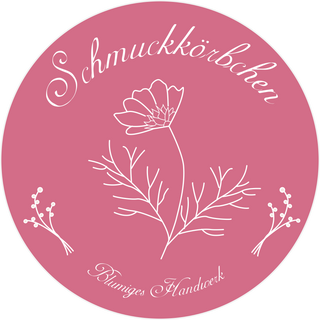18 July 1905: „ [...] but today I discovered a nest made of dried grasses, with a number of eggs. This is the latest in the season I have ever found."
18 July 1906: „Saw a Blackbird sitting on its nest today, in the top of a high Hawthorn hedge. [...]“
Edith Holden wrote down these nature observations in her nature diaries at the beginning of the last century. She not only focussed on animals, but also described the weather and the changing flora over the course of the seasons, provided information about public holidays and the origin of the names of the months and included appropriate poems. But the real treasure and core of her notes are the watercolours Holden created, which lovingly depict the flora and fauna of Great Britain in great detail.

The making of such nature diaries was nothing unusual in England from the end of the 18th century onwards. What is unusual in Holden's case is the publication of the diaries and their enormous success. What were private notes for Edith became a bestseller. But not during her lifetime. It was not until almost 60 years after Holden's death that the notes from 1906, which were in the possession of Holden's great-niece, were published for the first time as The Country Diary of an Edwardian Lady and have since sold more than six million copies. Its predecessor from 1905 followed in 1989 under the name The Nature Notes of an Edwardian Lady.

The success of the books far exceeded the recognition Edith Holden received as an artist during her lifetime. Although Edith taught drawing, regularly exhibited her oil paintings, published drawings and established herself as a book illustrator at the age of 40, three of her sisters were far more highly regarded in the arts than she was. By the way, all of her six siblings were artistically gifted in one way or another. They came from an intellectual household, where the fine arts were part of everyday life and things were usually lively. Visitors were often present, theatre performances or musical evenings took place, there were political discussions and, for a long time, even spiritualist meetings were held.
Edith herself showed a talent for drawing at an early age and went to the Birmingham School of Art at the age of 13. There she later specialised in animal painting. Her artistic work has always been closely linked to the nature that surrounds her. Edith's works not only show her knowledge of the local flora and fauna, but also her appreciation of them. She also campaigned specifically for the welfare of animals by supporting animal aid organisations with donations and making drawings for them to sell.
Her love of nature is also evident in the two diaries and is certainly one reason for their popularity. The books were first published at a time when fear of environmental catastrophes and awareness of human damage to nature were constantly on the rise. The books still show a world that is increasingly disappearing and that fewer and fewer people recognise.
Not only was Edith's life closely linked to nature, but also her death. She died unexpectedly on 15 March 1920 at the age of 49 while picking chestnut branches. The tree stood by the water and apparently Edith lost her balance while trying to reach the branches and fell into the cold river water, where she drowned. In view of this, the German title for the 1906 diary Vom Glück mit der Natur zu leben ('On the happiness of living with nature') seems almost a bit macabre.

------
Lit.:
Taylor, Ina: The Edwardian Lady. The Story of Edith Holden, Author of The Country Diary of an Edwardian Lady. London, 1980.
-------
The book „The Country Diary of an Edwardian Lady“ has been published in Germany by dtv under the title „Vom Glück mit der Natur zu leben. Das Tagebuch der Edith Holden.“.


